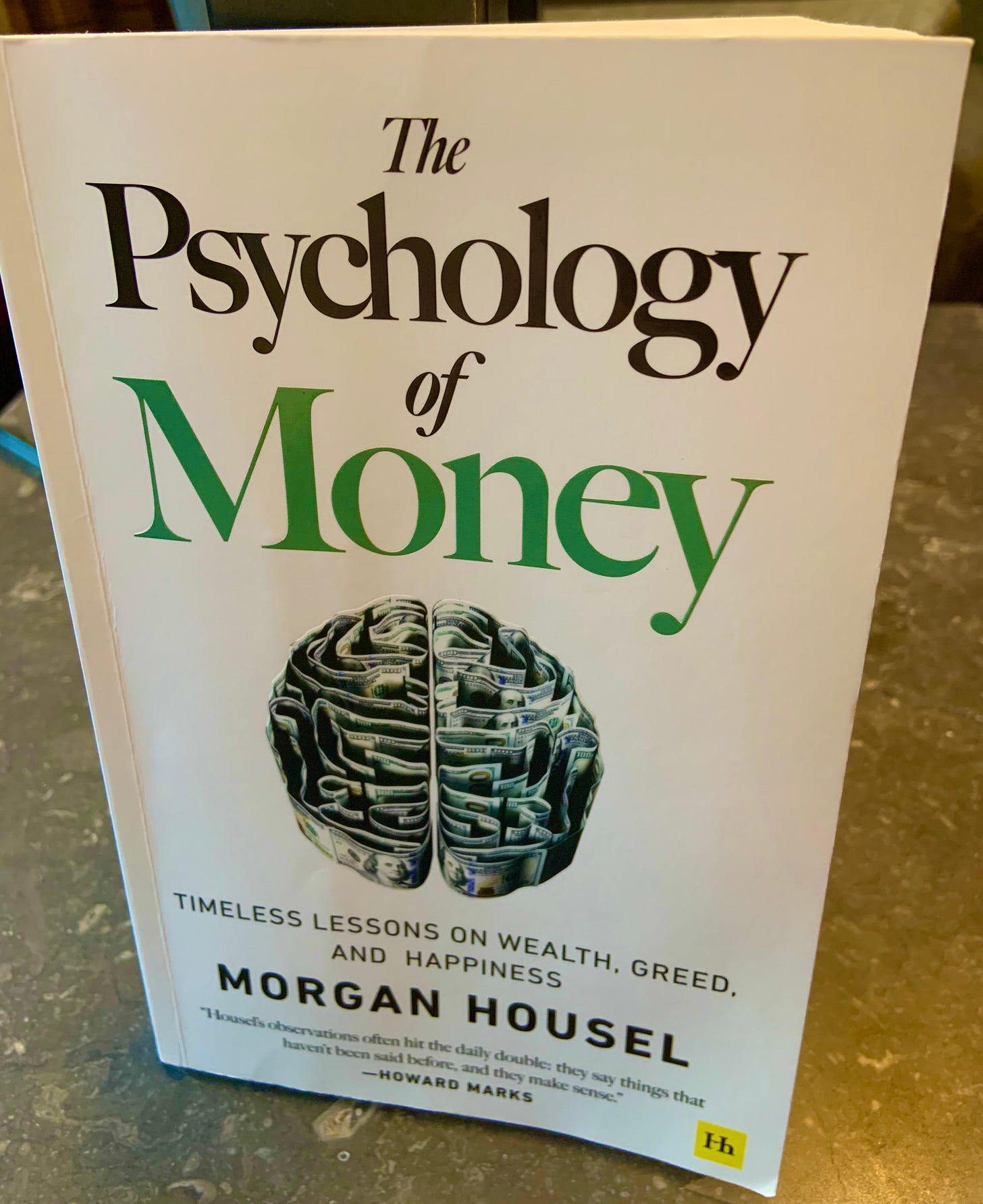Money and Psychology
Morgan Housel's book is a great primer for new investors and a useful refresher for seasoned investors

When you keep seeing references to a book about money on Twitter, it is a good reason to just do the Amazon click-click and read it. Financial journalist and investor Morgan Housel has put together a short book wherein he revisits a few of the core theories about investing. The central premise of the book is that despite libraries full of investment books, theories such as Buffetology as well as prestigious courses and university degrees, investing is still an art rather than a science. It cannot be taught as an objective science and once learned guarantee success The key reason is that investing is different for everyone, psychology and circumstances drive different investment decisions.
Yet there are some core principles that you can follow and apply, and Housel offers quite a few. The single most important aspect of investing however gets a special focus in the book and that is ‘time’. I really enjoyed how House outlines that there is no point in accumulating wealth with the goal of pursuing luxury, something that most people tend to gravitate to. He detests ‘keeping up with the Joneses’.
No, the single most important asset people can buy with money is time. Or to put it better, financial independence gives you the one commodity that no one can buy, time, and time for yourself means freedom. The other dimension of time is your ability to stay in the investing game. The longer you can stay in, the better your chances of success and that can be a huge exit with start-up investment (which takes time) or a portfolio of investments that compounds and generates real value. Of course it can also be a portfolio of early stage investments which is what I have been trying to do for a while now. If you hang in long enough and make reasonable decisions, your portfolio of investments will grow and major crises and markets meltdowns will prove to be mere blips on the journey to freedom.
Great lessons of course, but the ultimate kicker is the book’s postscript about why U.S. consumers think like they do. Housel delivers a crash course in post-World War II economic history and how economic growth and endless debt took us to a world of expectations that are unfortunately coming apart in our current age. Inequality and too much debt, turbocharged by social media may bring us closer to the destruction that was the actual starting point of the current seventy-five year long wealth boom. Here’s hoping that the tail end of that cycle is long enough to enjoy some of freedoms gained through some thirty years of investing.


